Tel: 0800 012 1117
Menu
Pension essentials

In the Fund

Retired

Resources

Did your dad work in the rail industry? We’d love to hear his story! Head over to our Twitter and share a tweet about your father’s life in rail #RPSRailFathers. We begin by remembering one of the most emblematic figures in the history of British Rail…
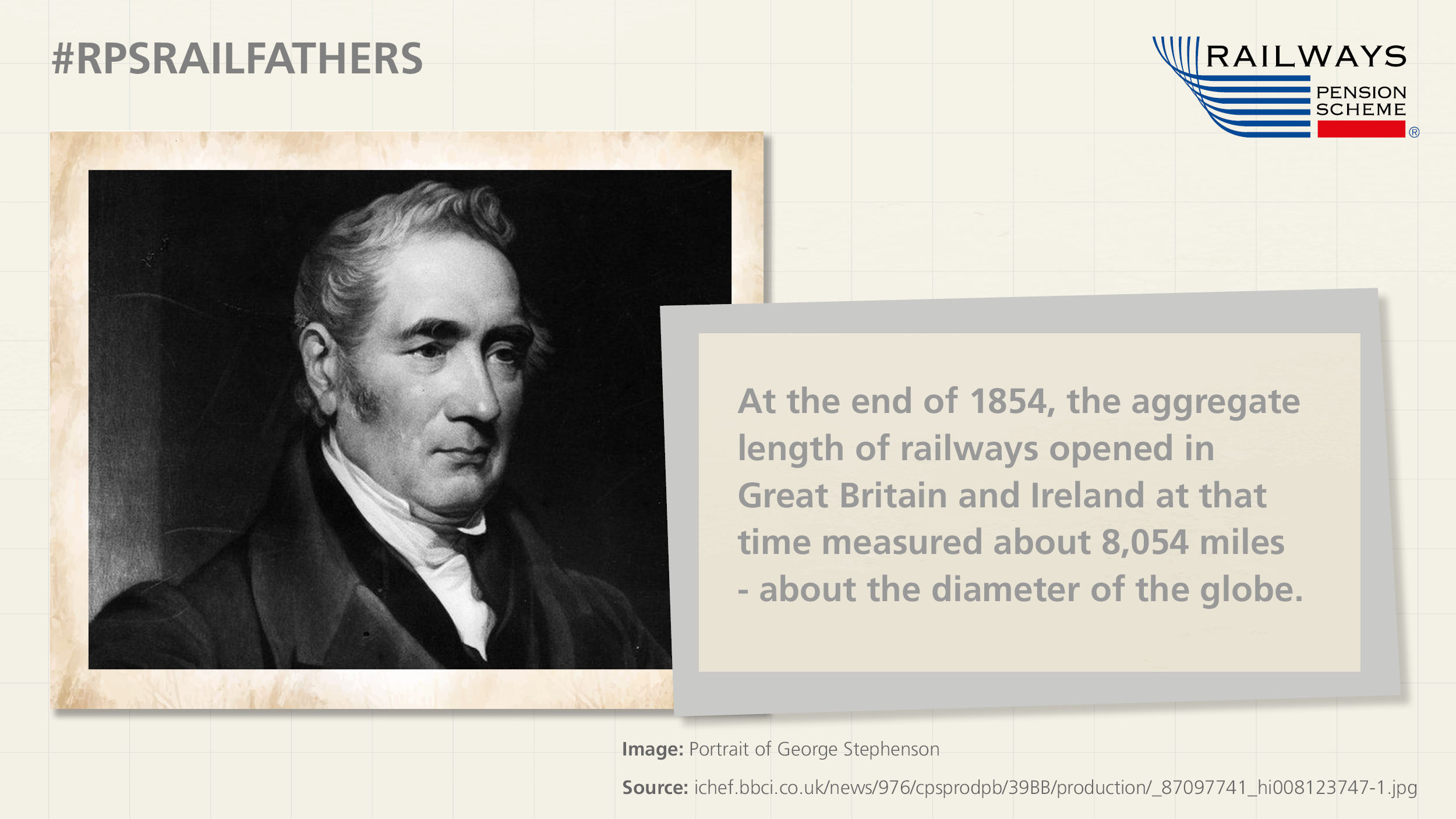
George came from a poor working class family in Wylam, Northumberland and was 1 of 6 children. Though he technically had no formal education from starting work at an early age, he had a wealth of life experience. His father was a mechanic who worked on a Newcomen steam engine in Newcastle and by age 19, George was operating a Newcomen himself.
What we may consider as a difficult start in life was perhaps the greatest catalyst for his invention and innovation. George achieved global acclaim with his early locomotive, 'Rocket', which he developed with his son Robert, and revolutionised how people travel by rail.
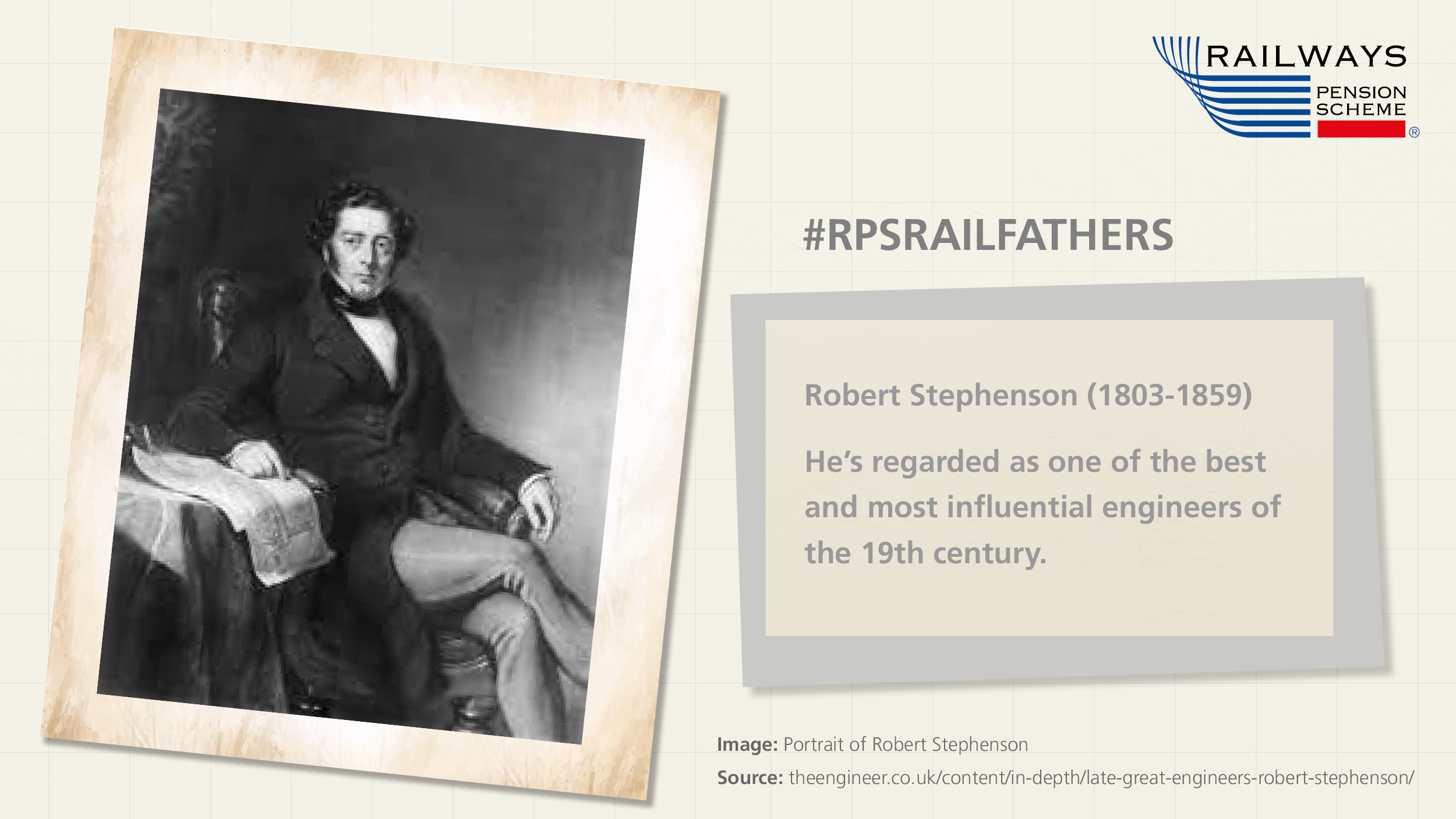
Engineering was in the Stephenson blood. Following in his father’s footsteps, and teaching George a thing or two about mathematics, Robert developed some of the earliest passenger steam engines in the world. This includes the Rocket, the Invicta, the Planet and the Patentee.
Like George’s history, Robert’s story is also one of overcoming challenging circumstances. He walked 10 miles to school and back every day until his father bought him a donkey for fear of him becoming ill. Together, the father and son put Britain on the map as a world leader in rail.
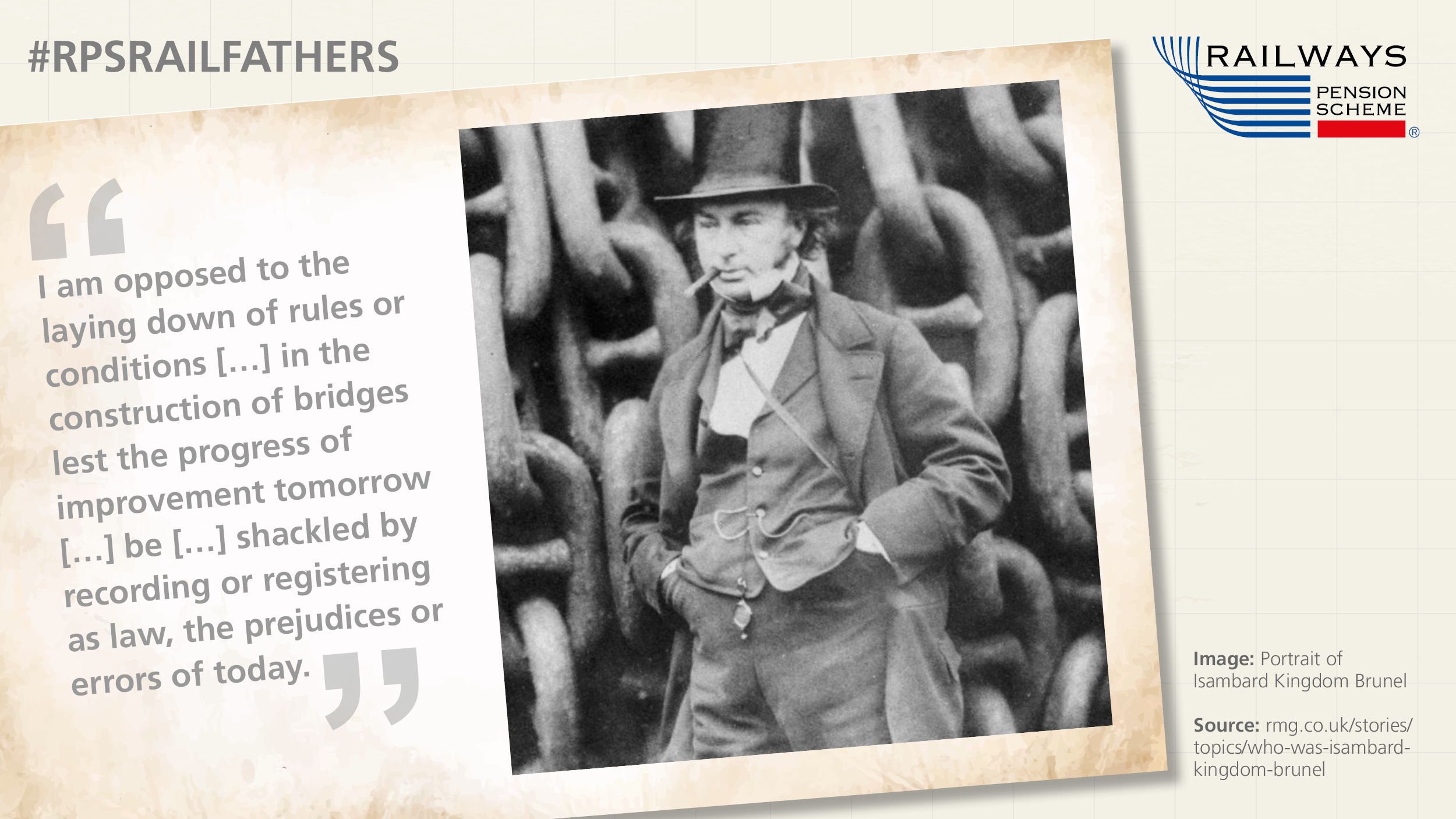
A pioneer of ship design and railway building, the civil and mechanical engineer learned Euclidean geometry by the age of 8. He was famous for making travel faster, designing a ship that only took 15 days to get from Liverpool to New York. In 1833, Brunel became the chief engineer of the Great Western Railway.
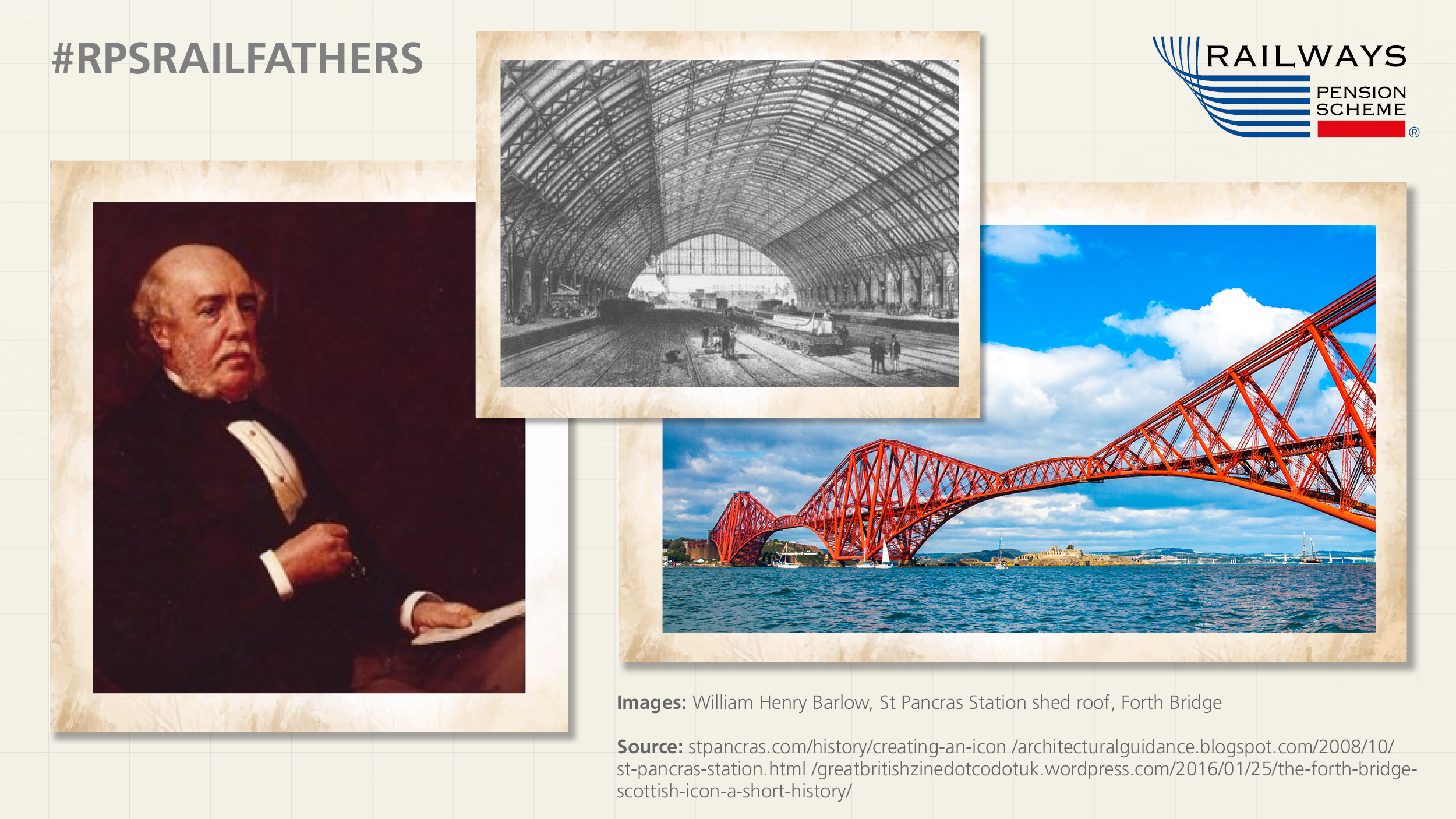
Famous for designing the remarkable, cathedral-like train-shed roof at St Pancras station (which was the largest in the world at the time), William Henry Barlow was a renowned architect, civil engineer and inventor. His exploration of steel and girders led to the development of one of the most intricate bridges in the world: the Forth Bridge in Scotland.
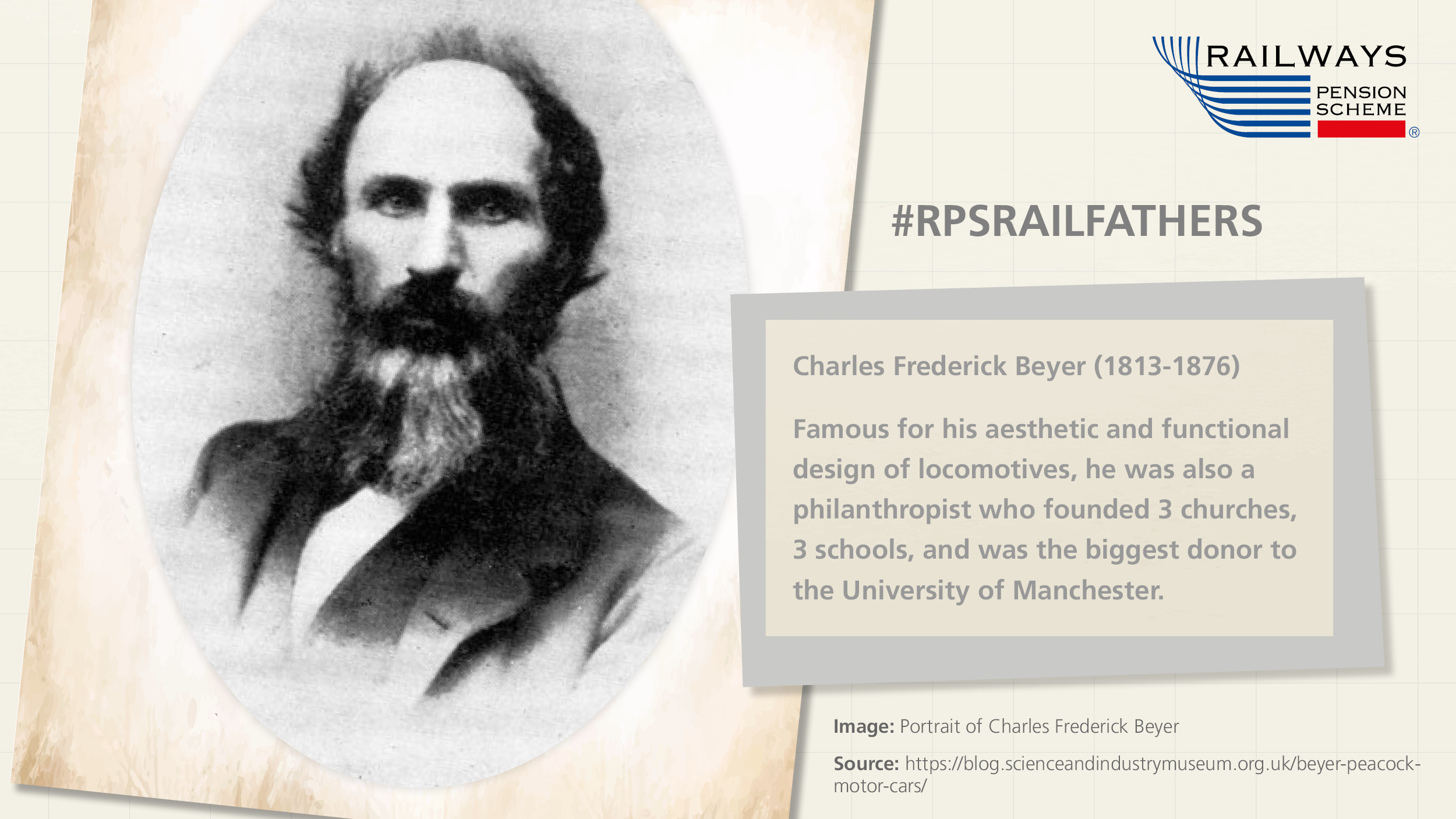
Charles’ astute aesthetic and functional design of locomotives was only overshadowed by his generosity. As well as cofounding the Institution of Mechanical Engineers, Charles’ philanthropy led to him establishing 3 churches, 3 schools, and becoming the biggest donor to the University of Manchester.
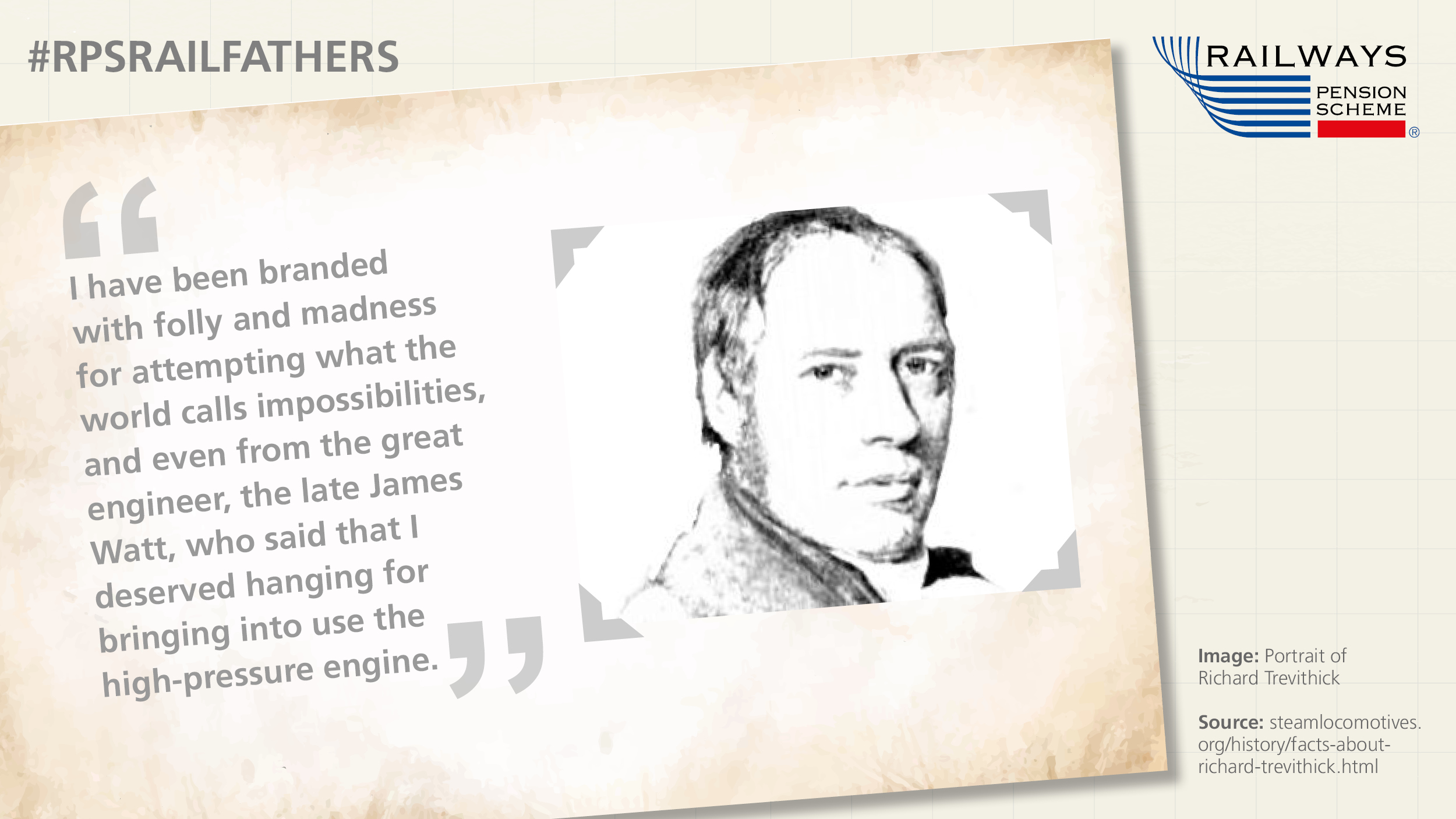
Son of a mining captain, British inventor and mining engineer Richard Trevithick developed the first high-pressure steam engine to work without a condenser. In 1801, his “Puffing Devil,” carried several people, and this is thought to be the first instance of steam-powered travel.
Thank you to all Fathers who have contributed to rail over the years. We wish you a very happy Father’s day!
Also in this section